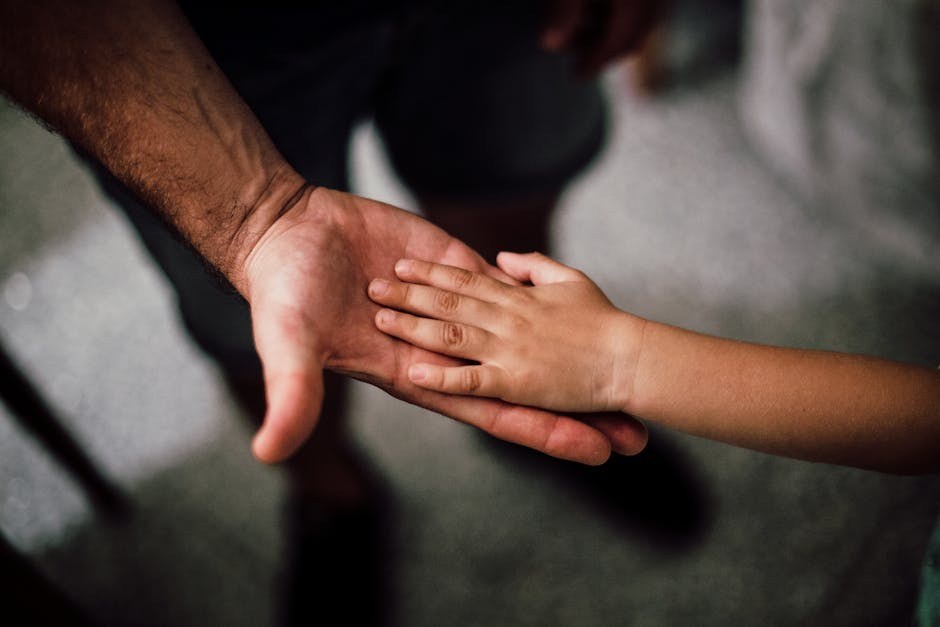Healthy love steadies your life – it steadies your breath, widens your world, and helps you feel more yourself. When the opposite happens, when the bond chips away at your confidence and peace, you’re likely dealing with a toxic relationship. Deciding to exit a toxic relationship is rarely simple, but it is the clearest path back to your values, your energy, and your sense of safety. The guidance below reframes the journey in a practical, compassionate way so you can step out and start again with intention.
Understanding the damage before you move
Before you chart your exit, name what is actually happening. A toxic relationship is any partnership where power is skewed and your well-being erodes over time. The harm can be overt – shouting, threats, humiliation – or subtle, like chronic dismissiveness, guilt trips, lies that make you doubt your memory, or isolation from friends. What makes it so confusing is that affection can coexist with cruelty. You can love someone deeply and still recognize that the relationship is unsustainable. Reminding yourself that both truths can be real at once reduces the shame that often keeps people stuck.
Think of it this way: a toxic relationship is like a slow leak in a tire. You can keep driving for a while, but the ride becomes rough, and eventually the rim gets damaged. You don’t need an explosion to justify pulling over – a steady drain is reason enough. Naming the drain restores clarity and helps you act in your own best interest.

Why leaving can feel impossible – and why it isn’t
People stay for many reasons: hope that tomorrow will be different, fear of being alone, financial ties, children, a shared home, or the belief that love means enduring anything. Add to that the conditioning of apologies followed by brief good times – the cycle that teaches you to expect a little sunshine after every storm. That pattern can tie you to a toxic relationship far longer than you intended. Recognizing these push-pull dynamics doesn’t make you weak; it makes you informed. With information, you can plan. With a plan, you can leave.
Clear, doable actions that help you break free
Face the truth with open eyes. Privately acknowledge the cost to your health, safety, and spirit. When you admit a toxic relationship cannot provide a joyful future, you stop bargaining with fantasy and start dealing with facts. That honesty is painful – and profoundly empowering.
Gather a trusted support circle. Confide in a few dependable people who can keep your confidence and show up. Say out loud that you’re preparing to end a toxic relationship so they know how to help with logistics, perspective, and encouragement when emotions run high.

Get the story out of your head. Journal the patterns, incidents, and feelings. Writing creates distance and evidence – a record you can reread when doubt tries to rewrite history. This is especially helpful when the toxic relationship has involved manipulation or gaslighting.
Own your part without self-blame. Reflect on boundaries you ignored, apologies you over-gave, or red flags you minimized. Taking responsibility for your choices is different from excusing harm. The goal is growth, not guilt, so you don’t repeat a toxic relationship script later.
Stop rationalizing the unacceptable. Notice the sentences that keep you stuck: “It’s not that bad,” “Everyone fights,” “They’re stressed,” “I provoke them.” Replace them with reality checks. If a friend described your exact toxic relationship, would you tell them to stay?

Identify the payoffs that kept you there. Even a painful bond offers something – attention, financial stability, companionship, a sense of being needed. Naming the payoffs demystifies why a toxic relationship can feel magnetic. Once named, you can meet those needs in healthier ways.
Find healthier replacements for those payoffs. If you stayed because you felt seen, cultivate friendships and communities that notice you. If security kept you stuck, build a budget and savings plan. Meeting the need outside the toxic relationship reduces the pull to return.
Create a concrete exit plan. Decide where you’ll live, how you’ll manage money, what you’ll take, and who will be present when you leave. If safety is a concern, choose a public location for any final exchange and vary routines. Planning turns “I should leave this toxic relationship” into steps you can actually execute.
Make the decision final in your own mind. Sleep on your plan. Visualize the moment after you walk out the door and the week that follows. When your inner answer remains the same, you’re ready. A settled decision makes a toxic relationship easier to exit because your energy is no longer split.
Act decisively when the day arrives. Choose a specific time and follow through. Keep your words brief, clear, and calm. Doubt will whisper; courage will move your feet. Ending a toxic relationship is not a performance – it’s a boundary in motion.
Communicate only what’s necessary – if it’s safe. If a conversation is likely to escalate, write a letter or message that states your decision and next steps. You do not need to debate the past. Your safety and well-being come first when leaving a toxic relationship.
Turn your attention toward what you’re building. In the immediate aftermath, your mind will replay highlights and minimize harm. Counter that bias by listing what freedom gives you back: rest, friendships, creativity, peace. Orienting forward weakens the nostalgia of a toxic relationship.
Lean on your people – hard. Accept rides, meals, spare rooms, pep talks. Let friends and family sit with you on tough evenings. Connection is medicine when grief hits after a toxic relationship ends.
Block, mute, and create distance. Protect the no-contact zone on your phone and social platforms. Silence mutual group chats for a while if needed. Space is not cruelty; it’s recovery. It’s especially vital when exiting a toxic relationship that cycles through apologies and pressure.
Expect to miss them and feel conflicted. Missing someone does not mean you misjudged the situation. The nervous system can crave the familiar, even when the familiar was harmful. Let the waves rise and fall without interpreting them as a sign to return to a toxic relationship.
Give healing the time it takes. Sleep will be uneven, appetite may shift, and concentration might wobble. These are normal shock responses after a toxic relationship. Consider counseling if you can – a neutral guide helps you integrate the experience and rebuild skills.
Seek external resources when needed. If you don’t feel safe, reach out to a local hotline, counselor, or community resource. Private guidance can help you craft safety steps that fit your situation and keep distance from a toxic relationship that has turned threatening.
Keep yourself at the top of your list. Manipulative exes may push for contact, favors, or “closure.” You don’t owe anyone access to your time or body. Remind yourself – out loud if necessary – that ending a toxic relationship was an act of self-respect.
Surround yourself with warmth and routine. Fill your calendar with supportive people, movement, nourishing food, creative outlets, and rest. Stability soothes the nervous system after a toxic relationship and helps your days feel predictably yours again.
Reclaim your worth. Write a list of your strengths and the values you refuse to trade away. Post it where you see it every morning. Self-worth is the antidote to the shrinking that happens in a toxic relationship.
Name your emotions as they arise. “This is anger.” “This is grief.” “This is relief.” Labeling feelings settles the body. When you can observe your inner weather, you’re less likely to be yanked back toward a toxic relationship to stop the discomfort.
Keep expressing what you feel. Talk with friends, write, make art, or speak with a therapist. Suppressed emotion hardens into resentment and keeps you mentally tied to a toxic relationship. Expression loosens the knot.
Study your patterns with compassion. Ask what early experiences or beliefs drew you into this dynamic – the urge to rescue, fear of conflict, confusion about boundaries. Understanding the roots helps you choose differently next time and avoid another toxic relationship.
Let go through forgiveness – for you. Forgiving does not excuse harm, restore contact, or deny consequences. It simply releases your nervous system from the constant replay. When you loosen the grip of anger, a toxic relationship loses the last of its power over your present.
What “toxic” can look like day to day
To keep your clarity strong, it helps to recognize everyday signs that something is off. Maybe your partner mocks your goals, checks your messages, keeps score of every mistake, or calls you names and then laughs it off as a joke. Maybe they promise to change but never follow through, or they alternate between grand gestures and silent treatment. If you notice you apologize for everything, censor yourself to avoid explosions, or feel constant dread before seeing them, pause. Those patterns are not the price of love – they are the erosion caused by a toxic relationship.
Rebuilding after you leave
Recovery is not linear. One day you’ll feel strong; the next you’ll want to text them. Keep anchoring yourself to the practices that honor your future: clear boundaries, steady routines, creative play, and people who speak to you with respect. Let the next version of you be formed by kindness rather than chaos. Over time, the noise of a toxic relationship fades, and what remains is the quiet satisfaction of living by your own compass.
Choosing yourself can feel like leaping without a net. It isn’t. Your courage, your community, and your plan are the net. Step by step – one practical action after another – you can leave a toxic relationship, stay gone, and rebuild a life that reflects who you are when you’re no longer bracing for the next wave.